8.500 €
Expertise François Marandet: The French history painter Louis de Silvestre (1675-1760) is known for having had a brilliant career in the first half of the 18th century. He was admitted to the Académie Royale de Peinture et de Sculpture in 1702 (The Origin of Man by Prometheus, Musée Fabre, Montpellier) and was appointed professor shortly thereafter, in 1706. At the same time, he attracted the attention of German princes with some of his works. A mythological painting (Venus and Adonis, now in a private collection in Switzerland) was engraved in 1708 with a dedication to Maximilian Emmanuel, Duke of Bavaria. A few years later, in 1716, Silvestre moved to Dresden, where he became painter to the Polish King Augustus II. He worked for the latter's successor, Augustus III, until 1748, when he returned to Paris. Louis de Silvestre's career was then crowned by the position of director of the Royal Academy, which he obtained in 1752. The inheritance accumulated after his death in 1760 shows that he had become one of the wealthiest artists of his time. During his stay in Dresden, Silvestre was invited to paint numerous court portraits and to decorate local palaces: the ceilings of the Zwinger, the Royal Palace, and the Japanese Palace. Alongside these royal commissions, Silvestre continued to produce easel paintings for collectors, just as he had in Paris. Our painting (ill. 1) seems to be a typical example of this type, having been produced shortly after the painter's arrival in Dresden. Apart from the sense of form typical of Silvestre (Susanna's body is slightly geometric), the best way to classify our painting is to note the existence of another version, once offered on the art market (ill. 2). It formed a pair with another theme, also taken from the Old Testament, associated with evil: Lot and his daughters (fig. 3). Fig. 1 Fig. 2 Fig. 3As was usual with Louis de Silvestre, the success of his compositions was such that he repeated them extensively (perhaps with the help of his students, although this question is completely unknown). A painting by the artist depicting Rinaldo and Armida, for example, is known to us in several versions (including one in the Gemäldegalerie Alte Meister in Dresden). Even more striking is the number of copies (five) of a composition depicting Perseus giving birth to Andromeda (one of these is kept in the Museum of Fine Arts in Saint Petersburg, USA). Paradoxically, Louis de Silvestre was of great importance in France and Saxony, but his works are too often overlooked and confused with those of his contemporaries, notably Antoine Coypel (1661-1722). Harald Marx's monograph on Louis Silvestre (1975) needs a complete update. With recent research on him (see P. Marandet, “Louis de Silvestre the Younger (1675-1760) as a draftsman,” Master Drawings, 2018, no. 4, pp. 517-533) and our recently discovered painting, we can hope that the importance of Louis de Silvestre will be fully recognized. François Marandet, London, November 22, 2024.





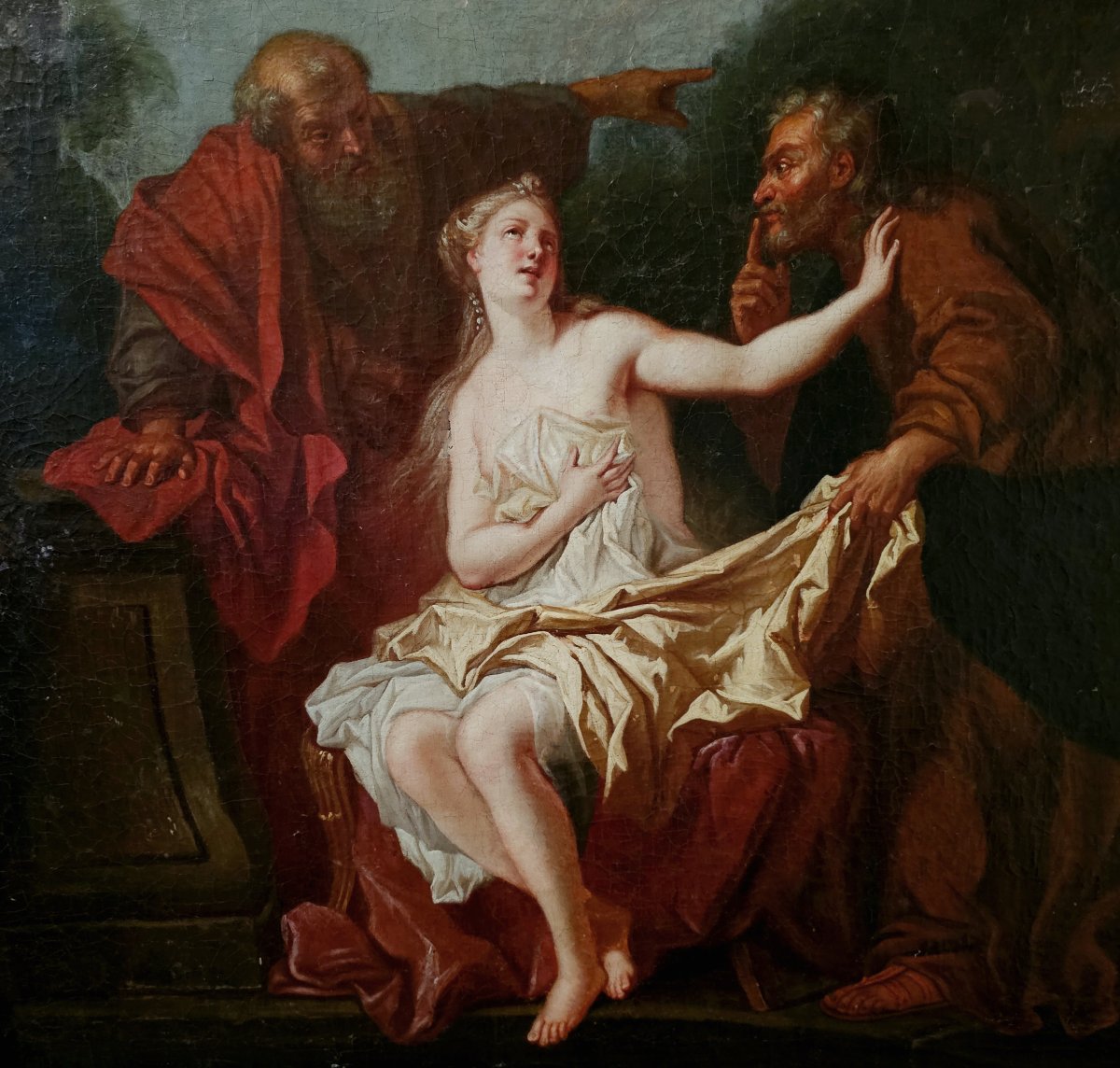
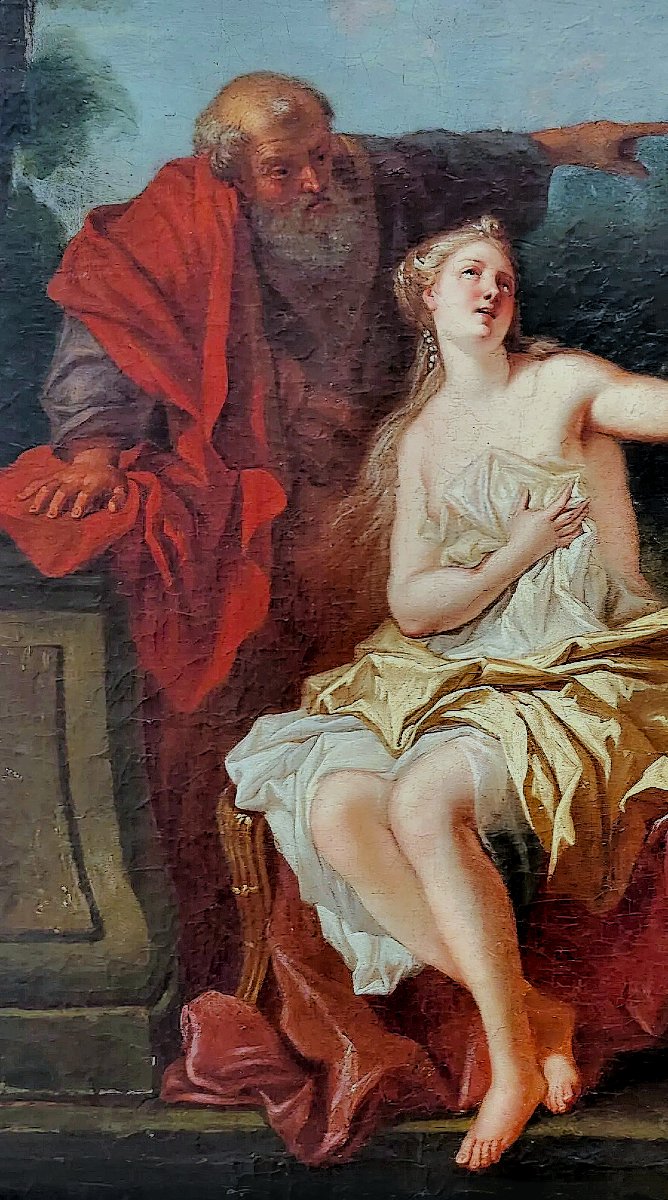
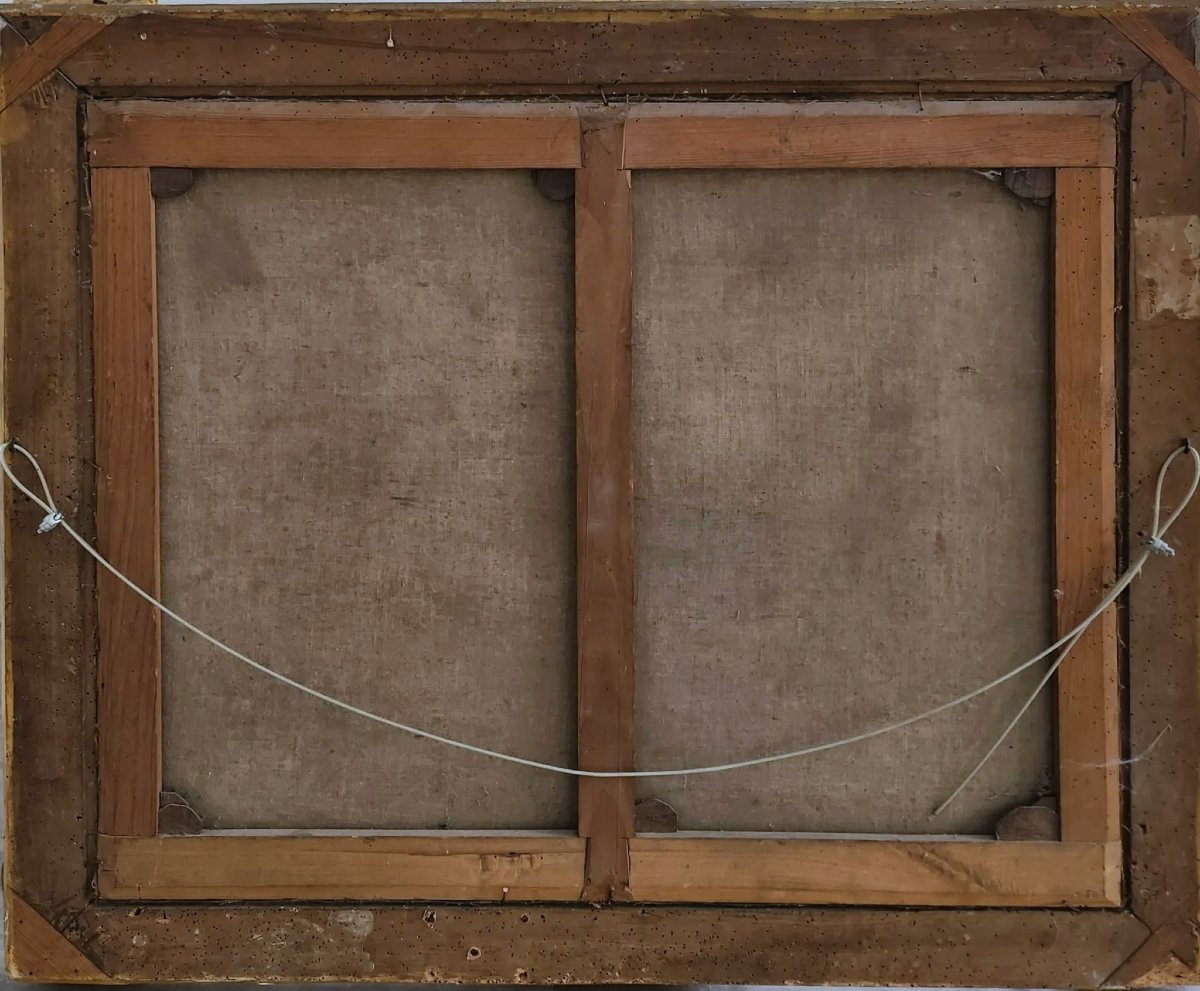

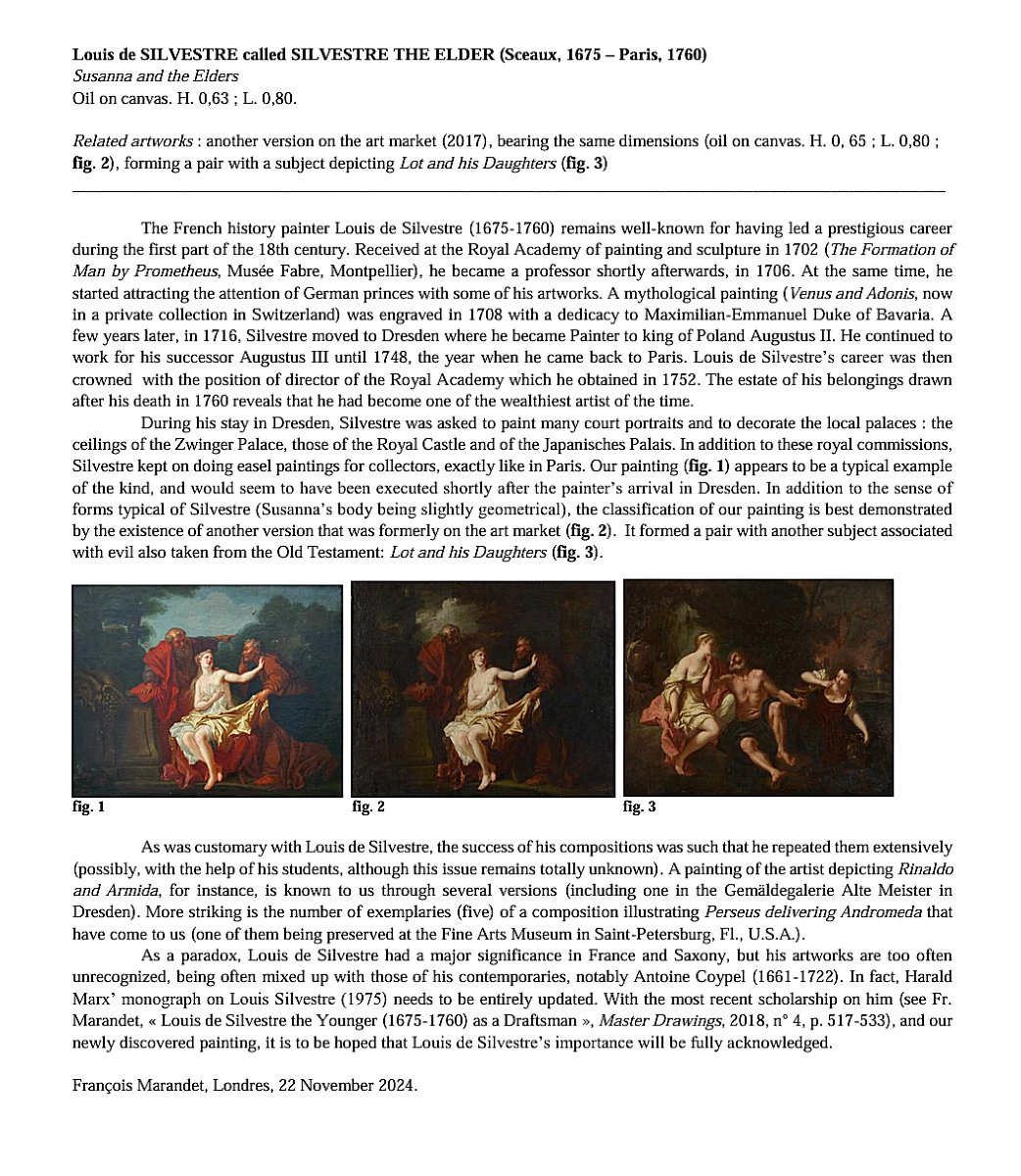
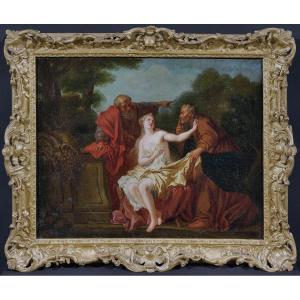









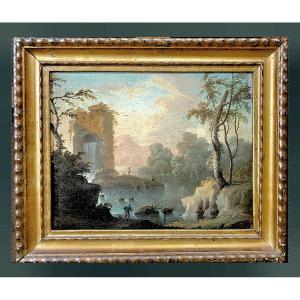





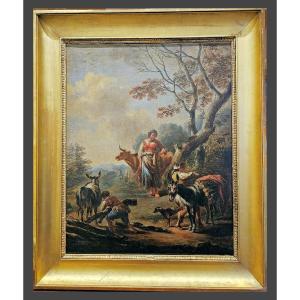




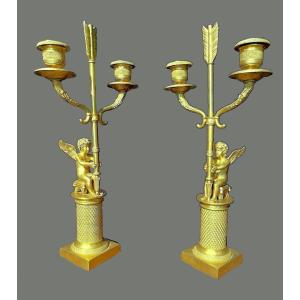



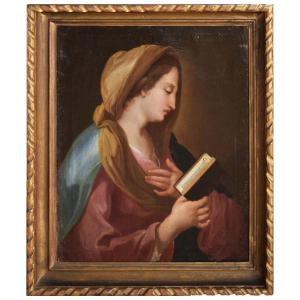
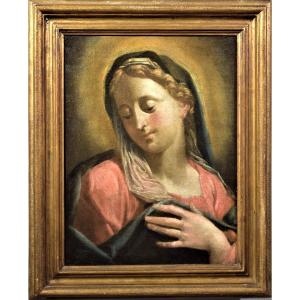





 Le Magazine de PROANTIC
Le Magazine de PROANTIC TRÉSORS Magazine
TRÉSORS Magazine Rivista Artiquariato
Rivista Artiquariato